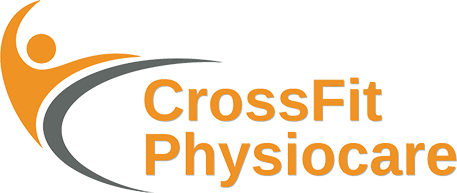
Lordosis Spine Physiotherapy
Lordosis is a term used to describe the natural inward curvature of the spine in the neck (cervical) and lower back (lumbar) regions. This curvature is essential for maintaining the balance and alignment of the spine. However, excessive or abnormal curvature can lead to lordosis, also known as hyperlordosis. Lordosis can affect both children and adults and may cause discomfort or other issues.
Causes of Lordosis:
Poor Posture: Maintaining poor posture, such as excessive arching of the lower back, can contribute to lordosis.
Muscle Imbalances: Weak abdominal muscles and tight hip flexor muscles can lead to an exaggerated arch in the lower back.
Obesity: Excess body weight can alter the spine’s alignment, contributing to lordosis.
Pregnancy: The weight gain during pregnancy can cause a temporary increase in the lumbar curve, leading to lordosis.
Achondroplasia: A genetic disorder that affects bone growth can lead to lordosis, especially in the lumbar region.
Spinal Conditions: Conditions like spondylolisthesis or herniated discs can cause abnormal curvatures.
Symptoms of Lordosis:
Visible Curvature: The most noticeable symptom is an exaggerated inward curve of the lower back or neck.
Back Pain: Pain in the lower back or neck region due to muscle strain and altered spinal alignment.
Limited Mobility: Reduced flexibility and range of motion in the affected part of the spine.
Muscle Imbalances: Weak abdominal and gluteal muscles and tight hip flexors.
Treatment and Management:
Posture Awareness: Correcting poor posture habits can help prevent or alleviate lordosis.
Strengthening Exercises: Strengthening the core muscles, including the abdominal and back muscles, can improve spinal stability and alignment.
Stretching: Gentle stretching of tight hip flexor muscles can help reduce the curvature.
Weight Management: Maintaining a healthy weight can help prevent excessive stress on the spine.
Physical Therapy: A physical therapist can provide exercises and stretches to address muscle imbalances and improve posture.
Orthotic Supports: In some cases, custom orthotic inserts or shoe supports can help align the spine properly.
Bracing: For children with severe lordosis, a brace may be recommended to support proper spinal alignment during growth.
If you suspect you have lordosis or are experiencing discomfort or pain related to spinal curvature, it’s important to consult a healthcare provider or orthopedic specialist. They can provide an accurate diagnosis, determine the cause of the curvature, and recommend appropriate treatment options based on your individual condition.
- Daani Plaza E-595-596, 4th Floor, Ramphal Chowk Rd, Block E, Sector 7 Dwarka, New Delhi - 110075
- +91 99996 26251
- support@crossfitphysiocare.com
How can we help you?
If you are looking for the best and nearest physiotherapist, then click below to message us on WhatsApp.
